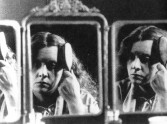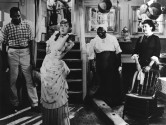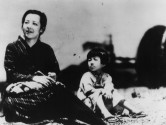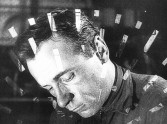
A Sixth Part of the World
(Dnevnik Glumova)
Screening on Film
USSR, 1923, 35mm, black & white, silent, 61 min.
One of the leading figures of Soviet cinema, Dziga Vertov is best known for his stunning experiment Man with a Movie Camera. A Sixth Part of the World, made two years earlier, was commissioned by the State to promote Soviet products, a means to the modernization of the USSR. While the film drew criticism for its ample use of poetic intertitles, others praised not only its inventive approach to rhythm between the lyrical text and image, but Vertov’s creation of a cinema symphony whose extraordinarily daring and complex montage connects documentary footage from across the territories in a paean to its peoples and landscapes. For Vertov, it was “more than a film… already the next stage after the concept of ‘cinema’ itself.” Revolutionary in its form and ideological content, A Sixth Part of the World was also, for the Kinocs, “the complete victory of facts” over Hollywood’s factory of dreams.
A parody of newsreels, Glumov’s Diary—Eisenstein’s first film—was made for the director's production of Alexander Ostrovsky’s The Sage. At the time, Eisenstein was collaborating with avant-garde theater groups, innovating with form and structure in ways prescient of his later film work. Inserted within the play—like Rene Clair's Entr’acte—Glumov’s Diary indicates Eisenstein’s interest in the intersection of theatre and cinema.





















